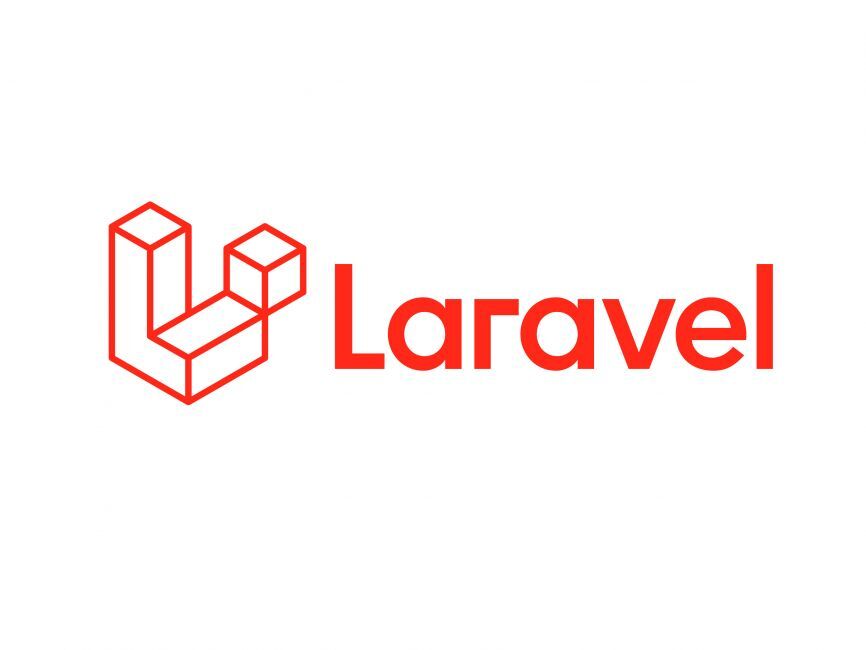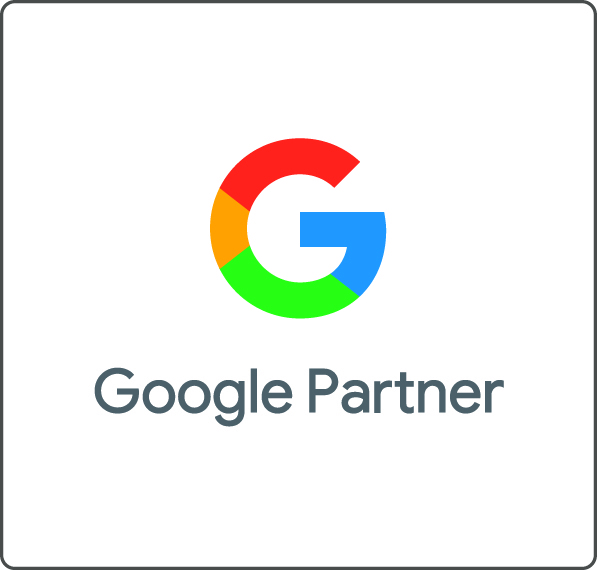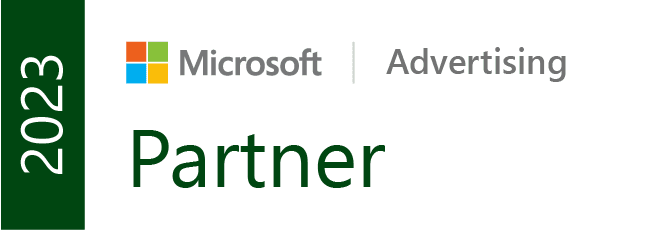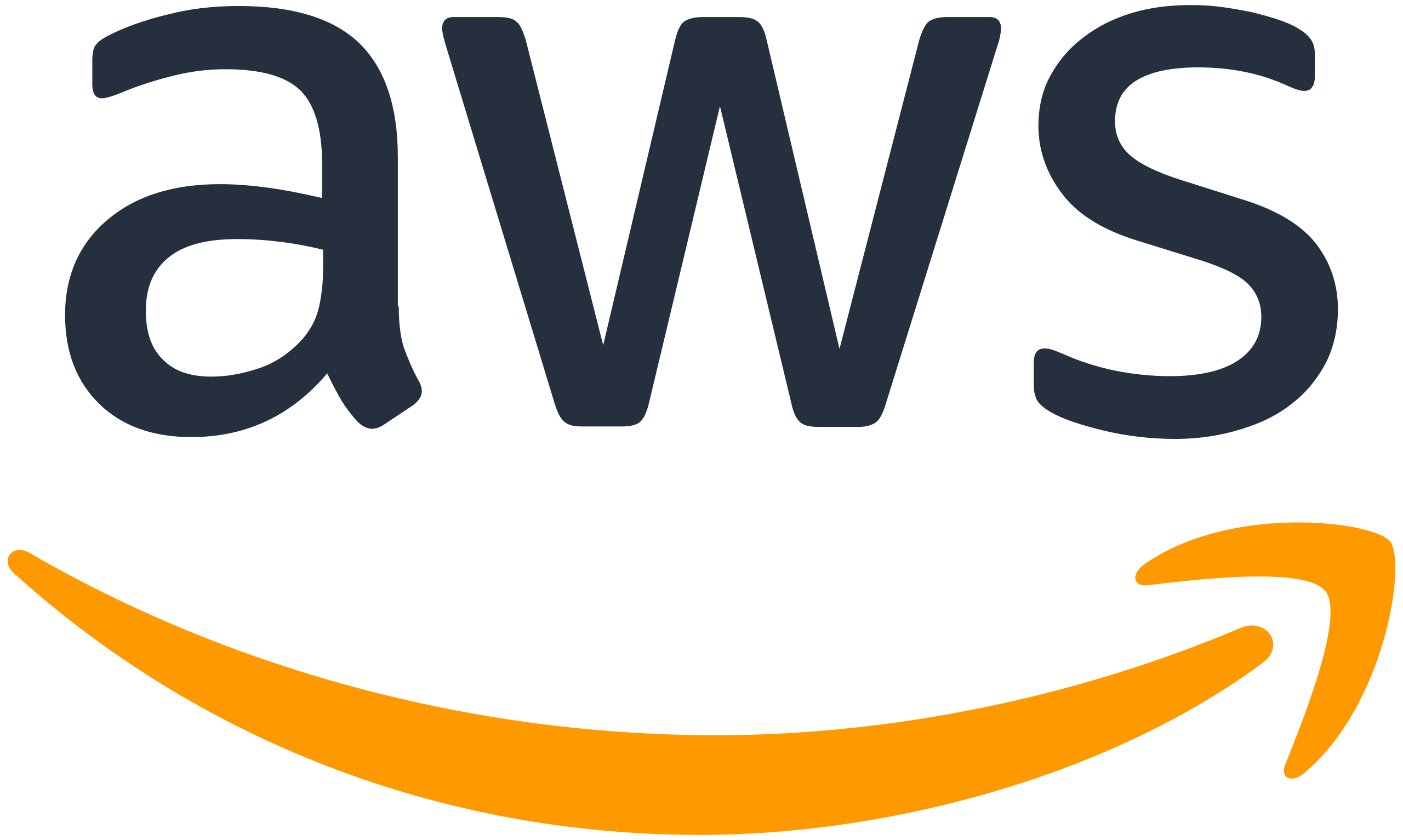When you think of social media marketing, what first springs to mind? The ability for your brand to reach your audience, connect with your audience, or have a conversation with them? Whichever it is, how do you measure this?
Calculating social media marketing ROI isn’t easy. And to get your head around it you first have to work out what you’re measuring and how possible it is to measure from the various social media platforms.
Unfortunately each social media platform has its own metrics, and whilst there are some commonalities there are also quite a few variances.
Here are the top metrics for each social platform and some handy tips of where to find some of these if, like me, you think some are a little hidden.
Reach metrics
The top four reach metrics are reach, impressions, follower growth rate and share of voice. These are all metrics which indicate how much exposure and general impact your organic and/or social ads have had on your audience universe.
Reach
Reach is a visible metric in both Facebook and LinkedIn, but sadly lacking on some of the other platforms, which is why you have to look at other metrics for this level of impact analysis.
In Facebook, reach appears as a default metric in the Ad Manager, and organic post reach is available from the Insights tab on your admin panel for your page.
In LinkedIn, the Analytics tab on your page can reveal a unique visitor count to your LinkedIn page for organic analysis, whilst Campaign Manager’s ‘Delivery’ default report view offers reach (and frequency) statistics.
Make sure when looking over different date ranges that you don’t combine previously reported reach figures as these will not be de-duped. You will always need to run the report from scratch again and allow the system to do the calculation for you.
Impressions
Impressions is very commonplace on all the social ad platforms.
On LinkedIn these stats can be found in Campaign Manager if you’re advertising, or within the Analytics section of your page admin view (check out updates section) or by viewing a post and seeing the organic impressions presented below it.
Facebook again has impressions as default within the Ad Manager panel, but swaps to a pageview metric in the organic Insights tab. Pageviews can then be viewed by type, e.g. home panel, posts, about etc. (basically however many tabs you have on your Facebook page).
Twitter analytics shows tweet impression data by month, or by a predefined data range if you click through to Tweet activity. From a paid advertising perspective, impressions is offered as standard in the reporting view.
"What’s quite nice to do with Twitter ad analytics is view the audience data to get a sense of which audiences have achieved the impression delivery. Usually Twitter campaigns are set-up using a number of Twitter handles, keywords etc. in one campaign, so make sure you view the audiences tab* by account / campaign / ad group"
*Note: the impressions reported in this tab are not mutually exclusive, as should someone appear in one audience segment their impression exposure will be counted more than once.
Instagram business accounts share insights into both impression and reach data for profile views. The ad stats would be accessible within the Facebook Ad Manager interface.
Follower growth rate
Follower growth rate should be calculated by dividing the total new followers you have acquired over a certain frame divided by the starting number for this date range. Follower counts are available on all platforms whether you have access to the admin section or not. This is also a handy thing to do to compare your performance with your competition. Just remember to capture the data at the same time as you have no way of pulling specific reports for your competitors.
Share of voice
Share of voice involves being able to track mentions of your brand. You’ll need to have a tool like BrandWatch, Social Bakers, SocialMention or Falcon.IO to track the mentions of your brand - these all come with licence fees though, so make sure you feel you have enough mentions to justify tracking them. Setting up Google alerts for your brand could be a good first step to reviewing your social media footprint, or just search within each social media platform and see what sort of things come up.
To calculate social share of voice you need to divide your mention count by the combined mention count of you + your competition. So as well as monitoring your own mentions, you also need to set-up the brand monitoring of your closest rivals.
All four of these metrics shed some light on what impact you have had on your social community, from an opportunity to see point of view.
Next up, you probably want to know if they actually sparked engagement, and if so what kind of engagement.
Engagement metrics
These should be viewed as averages because absolutes may be misleading if one month you have a surge of activity vs. another where it’s awfully quiet. What you should be most interested in is whether the ratios change, and how you can influence an upward trend.
The two recommended metrics are avg. engagement rate and virality rate.
Engagement rate
Engagement rate is the ratio of total engagements / number of posts per specified period. This is particularly important if you post loads, or blast lots of ad impressions but the take up is weak. On a reach / impression score you may do well but if people aren’t engaging you have to question the relevancy or perhaps the timing of your content distribution.
As before, LinkedIn, Twitter and Facebook place this metric fairly prominently in their ad reports and page insight sections.

Monitoring trends in your engagement rates will help establish whether you’re improving / weakening / maintaining your engagement levels. I’ll touch upon social benchmarking opportunities later, but on some platforms whilst you have easy access to your own engagement metrics, you can also get a view on how your competitors are doing too so this shouldn’t be missed!
Virality rate
Virality rate is calculated by dividing the total number of shares of your content by the total number of unique viewers. This is easier to do on some platforms more than others.
On Facebook within the Ad Manager it’s fairly easy to extract the number of shares - check out the default engagement report. From an organic perspective it’s a little more convoluted. Head to the Insights tab for your page - navigate to Posts in the left navigation and then within all posts published select Engagement in the drop down menu. Reactions, comments and shares are then broken out per post.
If you’re starting to analyse your performance regularly at this level it may be wise to invest in a social media tool which does a lot of this hard work for you.
LinkedIn organic post performance is available within the Analytics tab within the page admin section, shares by post can thankfully be exported. For ads, the default engagement report will offer up these share counts. These should then be divided by the reach.
Twitter provides retweet counts in its Tweets section of Twitter analytics, whilst to get retweet data from ads you’ll need to seek out the Metrics: Tweet engagements default report in the ad section. Both the organic data and ad only data can be exported thankfully!
There may be a way but I’ve yet to find it but for Instagram organic activity, as the post creator you can see how many likes a post gets but due to the way Instagram relies on other apps plus stories for reposting, shares is a little hard to obtain unfortunately.
Conversion metrics
Conversion rate
At the very essence is conversion rate on a sale / lead. If you’ve set up the necessary proprietary tracking from each social platform and are successfully tracking conversions then the reports within the ad accounts should be fairly easy to find.
From an organic POV you’ll likely have to rely on your web tracking platform, like Google Analytics to tell you how well organic traffic has fared on conversion rates. Whilst ad accounts offer post click and post impression conversion rates, with organic social activity it’s based on site visit only.
CTR, bounce rate, CPC and CPM
Other conversion metrics that feature here are CTR, bounce rate, CPC and CPM. Whilst not directly related to a macro conversion like a sale, they do relate to clicks which for many may be the sole aim of social media activity - to generate more site traffic, and hence is a (micro) conversion.
More details on micro conversion can be found in this blog post.
Again you’ll need to use tools like Google Analytics to report on bounce rates, and it may be worth setting up custom URL tracking if you want to learn more about your social media traffic source behaviour on-site, although thankfully GA is pretty good at classifying the standard domain referrers as social.
Some social media tools, like SoAmpli offer a way to calculate the equivalent media value of organic social activity. This could assist with organic CPM / CPC calculations although the data is yet to be made platform specific, and requires the gathering of data from multiple sources from which to make manual calculations for effectiveness.
Customer experience metrics
Going back to ‘what do you use social media for?’ - a big one is customer service. The metrics to look at tracking here are testimonials, response times to messages, satisfaction scores, Net Promoter Scores (NPS) and sentiment analysis.
Satisfaction scores and NPS
Satisfaction scores and NPS would require surveys so not data that is accessible on the platforms per se. But worth pushing out on your social channels to get feedback.
Testimonials
Testimonials you’d need to dig around for based on comments from your audience - pull out ones across your social channels and seek permission to use. Even big brands like Head and Shoulders claim to have pulled out tweets from their customers and used in their ad campaigns.
Sentiment

Rather than cherry picking testimonials you may want to extract sentiment - this can be done with social media monitoring tools (check out those previously mentioned).
These metrics are less about your use of social media and its effectiveness, and are more likely to be ways to review your brand presence and audience sentiment.
The one that should be assessed from the platform is response times.
On Facebook this is shown to everyone, in the right hand panel of a business profile. So just be aware your customers can see this too!
I have not seen any other social media platform, including Twitter (where this is predominantly used for customer service queries) to highlight response times so again, if you’re interested look for a social media monitoring tool to help with this data collection. A quick Google search brings up this company Quintly for example….
Alternatively, spot check comments and time between initial comment and you/your team’s response.
As an aside, this is interesting research from Hubspot on Twitter response times…
"The average response time for companies on Twitter is one day, seven hours, and 12 minutes. Yet, 64% of customers on Twitter expect a response from companies within one hour."
And last but not least, you might be able to do all this data digging on your own activity, but there are some handy ways to benchmark your performance against others. After all, you may have your own definition of what good looks like within the confines of your business over weeks, months and years, but what is happening in the world around you?
Social media benchmarking
Direct competitor benchmarking
At its most simple is a competitor benchmark. I’ve begun to appreciate more the value of platforms like LinkedIn and Facebook offering you ‘Pages to Watch’ (Facebook) and ‘Companies to Track’ (LinkedIn) data areas - these can be predefined by you, or you can use the wisdom of the platform to allocate those that you best align with.

These data panels give you a snapshot of some pertinent statistics relating to other pages that you can benchmark yourselves against.
Beware though, your competitive streak could come out here if you have it, as you’ll have almost constant access to some competitor data that may send you off course - just because they’re getting certain results it shouldn’t detract you from your own strategy and reason for being active on social media. Don’t chase (vanity) metrics for the sake of it.
Category leader / aspirational benchmarking
There is then the aspirational benchmark - those companies which you hold in high regard and are most likely industry leaders. Gaining access to their information may be difficult without social media tracking tools, but you will be able to review their follower counts, see the number of likes/shares on their posts, and perhaps learn when they like to post and how often.
Sometimes when we conduct social media audits the collection of readily available data is enough to steer a company in the right direction, or it can offer some guidance on where to start, so you don’t have to buy into the fancy tools straight away.
From experience however, when you do start to ramp up your organic and paid social media efforts the time saved allowing one tool to analyse / manage all your platforms and do the heavy lifting on data collection and aggregation for you is definitely worth further investment consideration.
What about social media ROI?
I’ve refrained from discussing ROI in this post because it's important that the role of social media and its suitable metrics are established first. Social media ROI is hard to calculate as you need to combine the time taken to plan, create and manage social media activity with the overall output of what it is you’re trying to achieve. One brand’s social ROI calculation may be very different from the next if the social media metric in question is different.
I’ll save this topic for another post, another day...





